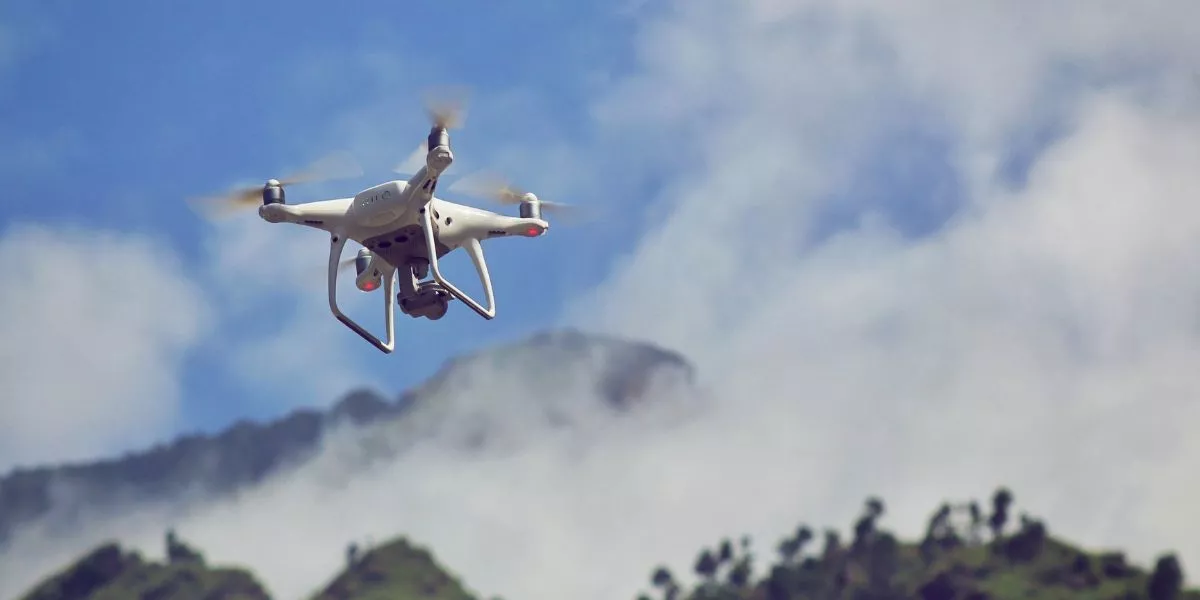When considering how far a drone can fly, it’s important to understand the different types available. Consumer drones offer limited ranges, while professional models can cover much more ground. Racing drones focus on speed, but that often comes with distance trade-offs. Specialized drones cater to specific tasks, each with unique capabilities. Curious about what suits your needs best? Let’s break down these categories and their flight ranges.
Consumer Drones: Flight Range and Limitations
When you’re considering a consumer drone, understanding its flight range and limitations is crucial. Most consumer drones typically offer a flight range between 1 to 5 miles, depending on the model and environment.
Factors like obstacles, interference, and battery life can significantly impact how far you can go. It’s important to know that flying in urban areas or near Wi-Fi signals might reduce your drone’s effective range.
Additionally, check your local regulations, as many places restrict flight distances for safety reasons. Battery life is another limitation; it usually lasts around 20 to 30 minutes on a full charge.
Being aware of these factors will help you make the most of your drone experience while ensuring safe and enjoyable flights.
Professional Drones: Capabilities for Advanced Users
While consumer drones are great for recreational use, professional drones offer advanced capabilities that cater to a variety of specialized applications.
These drones are designed for industries like agriculture, construction, and filmmaking, providing enhanced features such as superior camera systems, longer flight times, and advanced navigation technologies.
You’ll find that many professional drones come equipped with high-resolution sensors and the ability to carry additional payloads, enabling you to capture stunning aerial imagery or conduct precise surveys.
Furthermore, they often support real-time data transmission, ensuring you can monitor and analyze information on the fly.
With robust software integration, these drones can streamline workflows, making them invaluable tools for advanced users seeking efficiency and precision in their work.
Racing Drones: Speed and Distance Insights
Racing drones, known for their incredible speed and agility, push the limits of aerial competition as pilots navigate through complex courses at breathtaking velocities.
These drones typically reach speeds up to 100 mph, making them some of the fastest in the market. With a lightweight design and powerful motors, they’re engineered for quick maneuvers and sharp turns, essential for racing.
While racing drones excel in speed, their effective flying distance is usually around 1 to 2 miles, depending on the transmitter and battery life.
Pilots often use FPV (first-person view) systems to enhance control and situational awareness. Investing in high-quality components can significantly improve your racing experience, allowing you to dominate the competition and enjoy thrilling flights.
Specialized Drones: Unique Ranges for Specific Industries
As industries evolve, specialized drones have emerged to meet specific needs, each offering unique flight ranges tailored to their applications.
For instance, agricultural drones can cover vast fields, flying up to 10 miles to monitor crops or apply fertilizers efficiently. In contrast, delivery drones designed for urban environments typically operate within a 5-mile radius, ensuring timely package drop-offs.
Surveying drones, often used in construction and real estate, can reach distances of 15 miles, capturing high-resolution images for mapping. Then you have inspection drones, which might only need to fly a few miles but provide crucial data on infrastructure health.
Each industry’s requirements shape the drone’s design and capabilities, making them essential tools in today’s tech-driven world.
Conclusion
In conclusion, understanding the flight range of different drones is crucial for choosing the right one for your needs. Whether you’re a hobbyist looking for a consumer drone, a professional in agriculture, or someone interested in racing, knowing the limitations and capabilities of each type can make all the difference. So, consider your specific requirements and select a drone that fits your desired distance and purpose, ensuring you get the most out of your flying experience.

